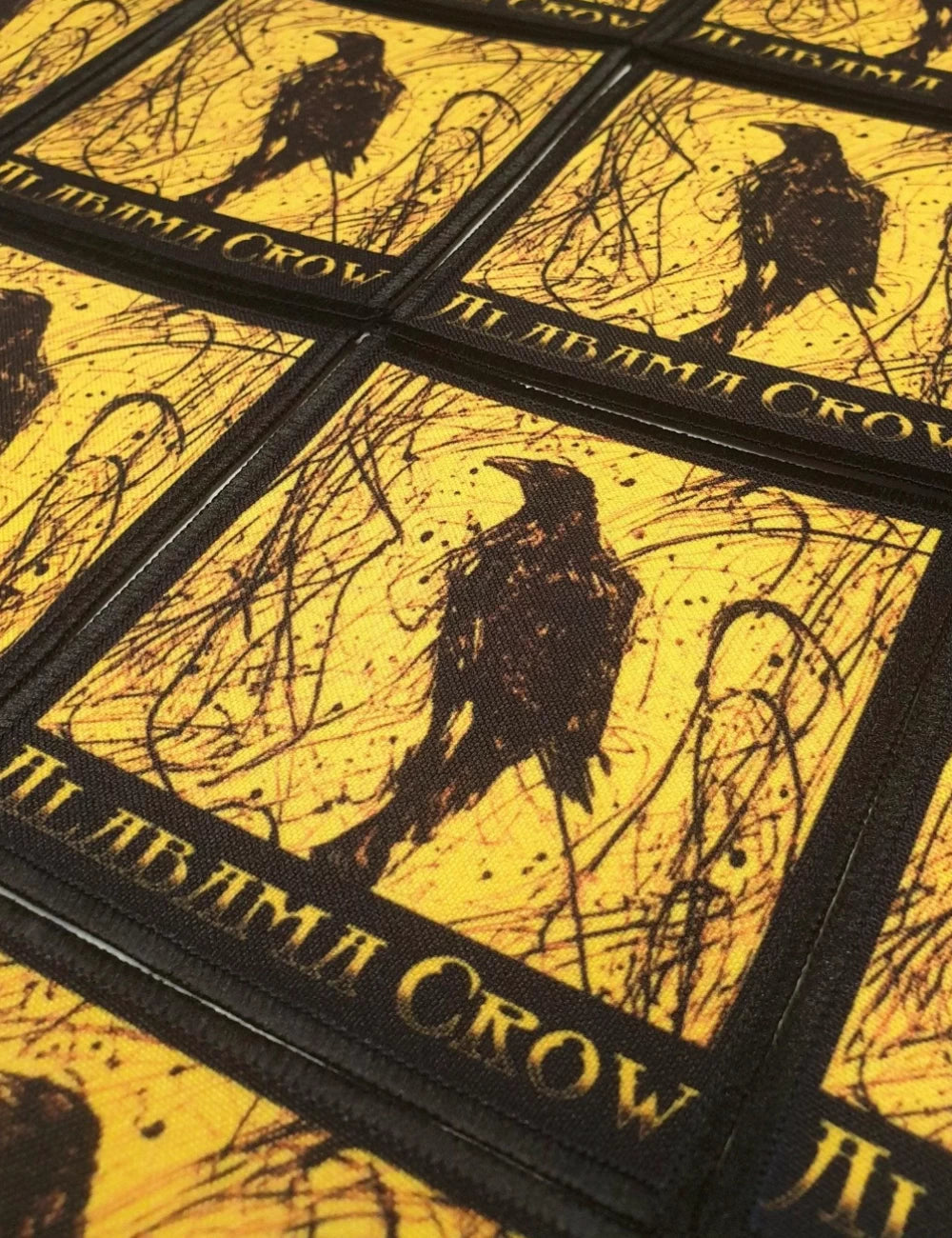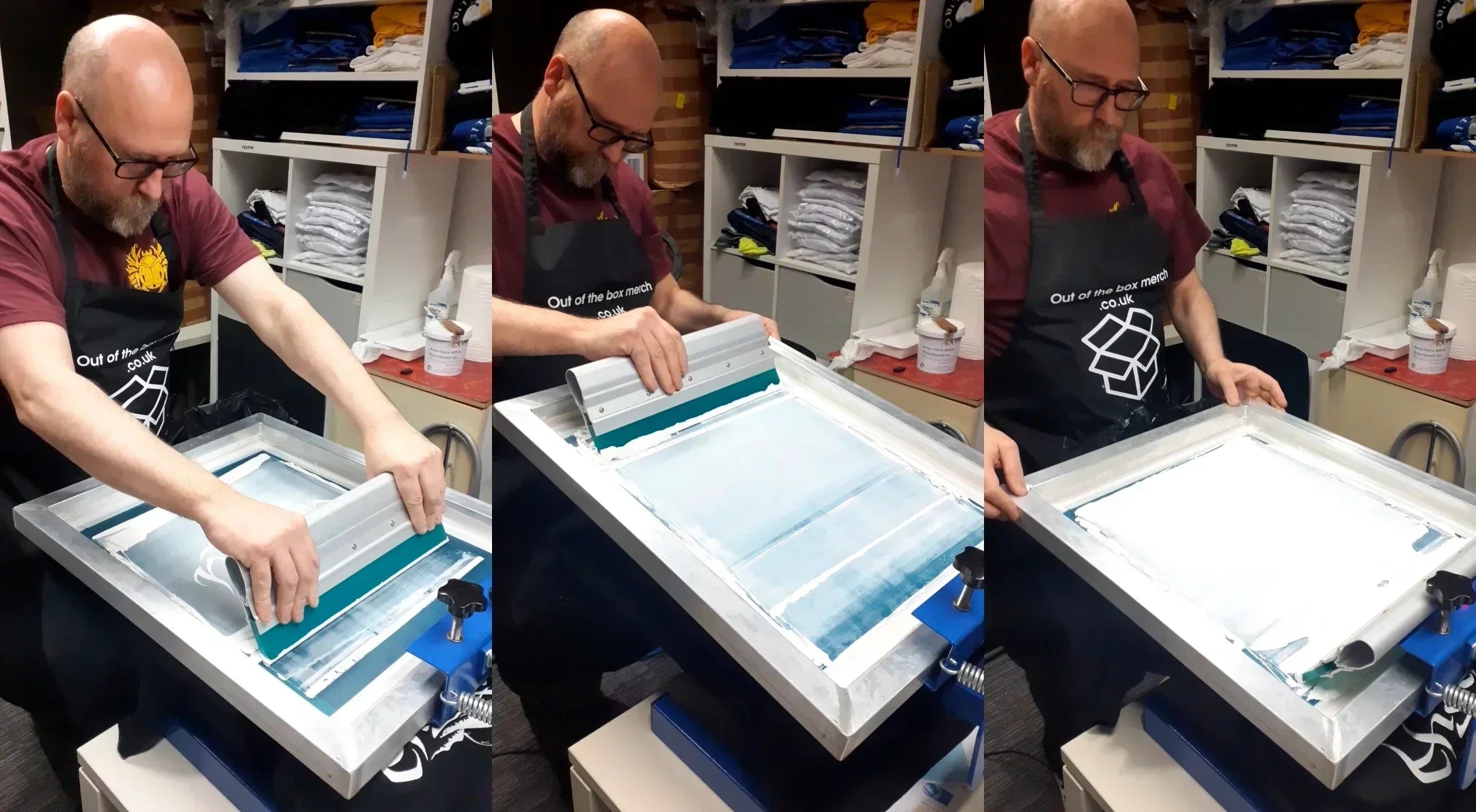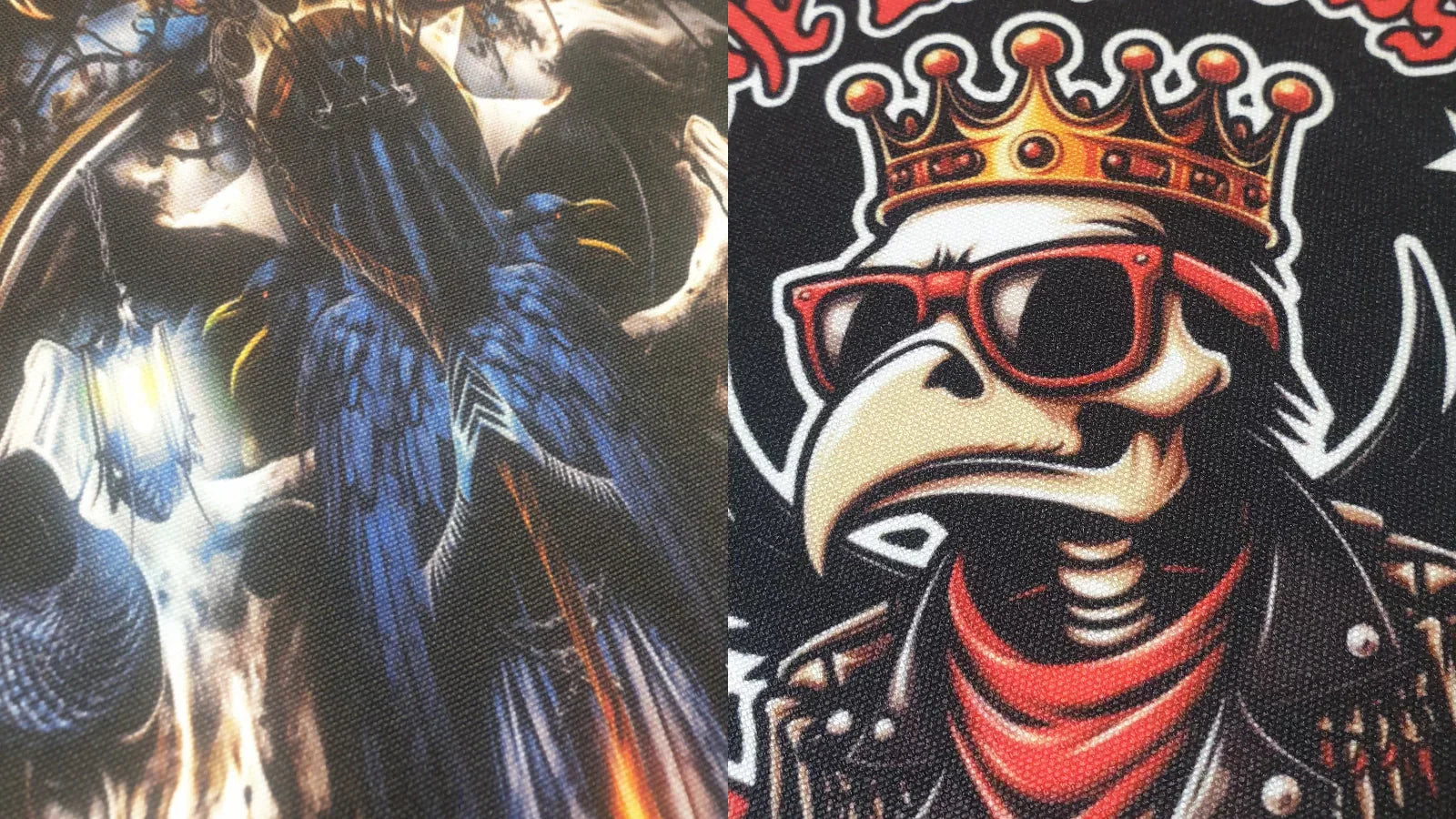Five Pros and Cons of Screen Printed Merchandise
Screen printing has long been a go-to method for creating custom merchandise, from band t-shirts to promotional tote bags. Known for its durability and vibrant colours, this printing technique is widely used across industries. But is it the right choice for your custom merchandise? In this blog, we’ll explore five pros and cons of screen printing to help you decide.
The Pros of Screen Printed Merchandise
1. High-Quality and Long-Lasting Prints
Screen printing uses layers of ink that sit on top of the fabric, making the designs highly durable. Screen-printed designs can withstand repeated washes without fading or cracking.
2. Cost-Effective for Bulk Orders
The more you print, the lower the cost per item. Since screen printing involves setting up screens for each design, it becomes highly cost-efficient for larger orders, making it ideal for band merchandise, festival apparel, and corporate branding. We offer a minimum of 25 to start your screen print order.
3. Vibrant and Opaque Colours
Screen printing delivers rich, bold colours that pop on both light and dark fabrics. The ink is thicker than other printing methods, ensuring the design stands out clearly.
4. Works on a Variety of Materials
Unlike some other printing techniques, screen printing isn’t limited to fabric. It can be used on wood, plastic, glass, and metal, making it a versatile option for branded drinkware, promotional items, and patches.
We offer different custom printing methods for making some of these items.
5. Eco-Friendly Ink Options
Many screen-printing providers now offer water-based and plastisol-free inks, reducing environmental impact. Choosing eco-conscious printing methods aligns with sustainable business practices.
(We are currently using professional water-based inks from Amex and biodegradable cleaning products by Franmar).

The Cons of Screen-Printed Merchandise
1. Expensive for Small Orders
Screen printing requires a setup process for each colour in the design. For small quantities, the setup costs may outweigh the benefits, making it less economical for limited runs.
2. Limited Colour Blending
While screen printing excels at solid, bold colours, it struggles with gradients and highly detailed designs. Digital printing might be a better choice for artwork with complex shading.
3. Longer Production Time
The setup process, including preparing screens and drying ink layers, means screen printing can take a little longer compared to Heat transfer vinyl (HTV), direct-to-film (DTF) or direct-to-garment (DTG) printing. If you need small print runs, and fast turnaround times, Screen printing might not be the best option.
4. Not Ideal for Single Custom Pieces
Because of the setup requirements, screen printing isn’t suitable for one-off designs or personalised items with individual names or numbers. HTV, DTF or DTG printing is often better for custom, small-batch prints.
5. Design Complexity Limitations
Screen printing is best for simple, bold designs with limited colours. If your artwork includes fine details, intricate patterns, or photographic images, it may not translate well with this technique.
Conclusion: Is Screen Printing Right for You?
Now that you've read our 'Five pros and cons of Screen Printed Merchandise' blog, if you’re looking for vibrant, durable, and cost-effective custom merchandise in bulk, screen printing is a fantastic option.
However, for small runs, detailed designs, or one-off customisations, alternative printing methods may be a better fit, so please drop us a message if you are interested in our HTV or DTF printing instead. At Out of the Box Merch, we specialise in high-quality custom screen printed merchandise, offering sustainable options and fast turnaround times.
Need help deciding the best printing method for your project? Feel free to drop us a message. Let’s work together to bring your designs to life!









Share:
6 of our Favourite Custom Merchandise Items
How We Make Our Custom Slipmats for Turntables: 5 Simple Steps with images